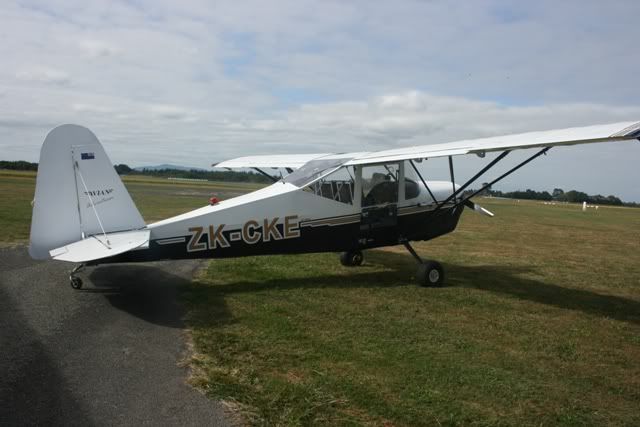Post by owenbern on Oct 28, 2020 21:13:01 GMT 12
I am investigating the building of a hybrid quadcopter (petrol-electric) completely from scratch.
Thus it does not comply with the Kit section.
The only "standard" parts are the electric motors, alternators, engine control electronics, and the rotor blades.
Reduction boxes have to be made to order, and thoroughly tested.
Additional stability-related software and hardware will need to be made or customised.
Rotor hubs are custom, as flex, pitch control are not used. Control is by varying motor speed.
Airframe design is custom, with regard to the forces applied and acceptable flexibility.
Best practice on joints, loads, and materials will be followed.
A high-turbocharged, custom-upgraded bmw motorcycle engine is considered as the power source.
This will be comprehensively tested to assess its ability to run for at least 600 hours, and to cope with changes in altitude.
Can this be built in nz by non-aero engineer - qualified people? I have a moderate level of mechanical engineering
training. What is the process of documentation and testing for each component?
I suspect the motor controllers will need some certification on degree of redundancy, and if soft failure modes have been built in and verified.
Similarly for any modified or built-from-scratch stability aids. The quadcopter is not naturally stable, though
hanging a heavy cabin under the rotors does help. I was thinking electronic gyro stabilization, station-keeping.
-this also assists to cancel out ground drift and sudden altitude changes when landing and taking off.
I would also eventually need to get a helicopter license, though all initial development will be done remotely.
I cannot afford the whole thing right now-it would cost in excess of 100,000 nzd just for parts and materials,
plus a thousand-odd hours of labor. I am not the type to spend every free hour working in the garage.
I am working on design and component sourcing at present, and I may be able to split up some of the build tasks amongst
other people. Anyhow, I still need to know more about the regulatory environment.
Thank you in advance for your feedback.
Thus it does not comply with the Kit section.
The only "standard" parts are the electric motors, alternators, engine control electronics, and the rotor blades.
Reduction boxes have to be made to order, and thoroughly tested.
Additional stability-related software and hardware will need to be made or customised.
Rotor hubs are custom, as flex, pitch control are not used. Control is by varying motor speed.
Airframe design is custom, with regard to the forces applied and acceptable flexibility.
Best practice on joints, loads, and materials will be followed.
A high-turbocharged, custom-upgraded bmw motorcycle engine is considered as the power source.
This will be comprehensively tested to assess its ability to run for at least 600 hours, and to cope with changes in altitude.
Can this be built in nz by non-aero engineer - qualified people? I have a moderate level of mechanical engineering
training. What is the process of documentation and testing for each component?
I suspect the motor controllers will need some certification on degree of redundancy, and if soft failure modes have been built in and verified.
Similarly for any modified or built-from-scratch stability aids. The quadcopter is not naturally stable, though
hanging a heavy cabin under the rotors does help. I was thinking electronic gyro stabilization, station-keeping.
-this also assists to cancel out ground drift and sudden altitude changes when landing and taking off.
I would also eventually need to get a helicopter license, though all initial development will be done remotely.
I cannot afford the whole thing right now-it would cost in excess of 100,000 nzd just for parts and materials,
plus a thousand-odd hours of labor. I am not the type to spend every free hour working in the garage.
I am working on design and component sourcing at present, and I may be able to split up some of the build tasks amongst
other people. Anyhow, I still need to know more about the regulatory environment.
Thank you in advance for your feedback.



